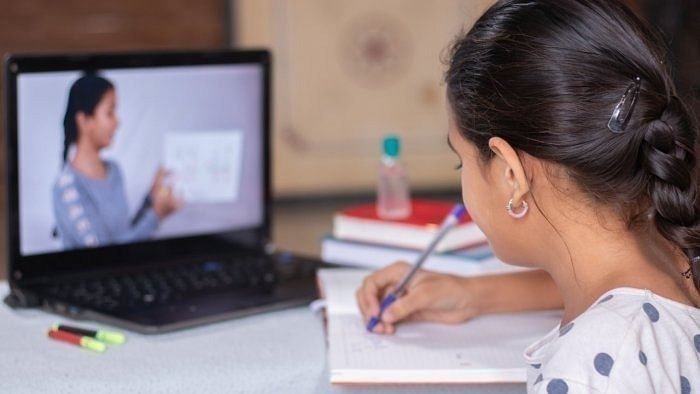
While travelling across the country by road, the extent to which we benefit from investment in infrastructure becomes apparent. Road travel has become a pleasant experience because of the vast network of well-maintained highways, connecting the country. This feat has enabled trade, encouraged tourism, boosted the automotive market, and created livelihood opportunities in remote villages by way of toll booths or highway restaurants. The infrastructure provided a conducive environment to realise India’s potential.
Efforts and investments are ongoing to build the infrastructure that creates the potential for growth and development including roads, ports and airports, utilities like power, water and internet. India’s 5.98 million kilometres of roadways make it the second-largest road network in the world. In the last year alone, 13,298 km of highways were added. The government has also fast-tracked reforms in the telecom sector, enabling widespread internet penetration. The world’s second-largest telecommunications market, India is on track to reach 900 million internet users by 2025.
The true potential of the nation, however, is in empowering its youth through access to education. When people benefit from infrastructure investments to build financial security, pursue learning and career opportunities, and raise the standard of living, they achieve progress. The education sector is ready for reforms and investments. The pandemic has demonstrated a critical need to prioritise the digitalisation of education and learning. The low cost of smartphone devices and internet penetration present an opportunity that policymakers and educationists cannot afford to ignore. In 2020, when schools were closed, the digital divide only peaked; a very small minority of students were able to benefit from online classes, as it required additional spending from parents and schools.
What does it take to enable access to education digitally? A smartphone or device in every student’s hand, affordable internet connection and customised content and learning delivery. While this seems simple, the NCERT survey showed that at least 27% of students do not have access to smartphones or laptops to attend online classes, while 28% of students and parents believe that lack of electricity is one of the major concerns. For children who are from poor or disadvantaged circumstances, a device and internet connection can include them in mainstream education. Online education can also streamline the quality of education, with access to standardised or diverse content in various languages.
The National Education Policy (NEP) envisions technology integration in online and digital education to ensure equitable use of technology. This will play out in the coming years. It is time for government, educationists and corporates to collaborate in creating the new digital order of education for all. Basic enablers such as the internet and devices can attract CSR funding. Re-inventing the method of instruction to make it suitable for online learning delivery needs thoughts on skills and curriculum. Teachers need to adapt and evolve new instructional methods, as well as acquire new skills and content creation capabilities. Schools will need the ability to invest in new systems and apps that are secure and designed for education, as well as capacity building for teachers. Evaluation criteria and exams will need to be re-imagined as well, with a collaboration between technology experts, industry, educationists, policymakers, teachers and parents.
For now, the simplest way to start is often the best — find a way to get smart devices and the internet to every student, so that no one is left behind.
Just as the highway network had an exponential effect on livelihood and economy, the infrastructure and investments made in enabling digital education will allow India to extract the maximum potential from the large young population. India’s hope to be a world superpower is in its young population. The ‘demographic dividend’ window opened in 2018. Purported to be a 37-year period where India will have more working population than dependent population, investments in digital education will have the same exponential effect on the nation’s economy.
Imagine the impact we can create if kids across the country could learn at their pace from free content available all across the internet. Some of these self-taught kids may end up building the next Google and Apple of the world!
(The writer is the founder of an online learning platform)
Check out the latest videos from DH: